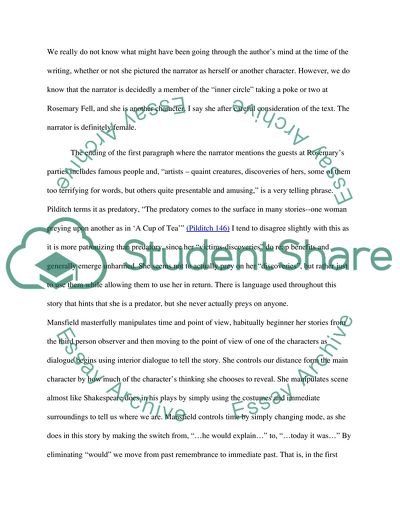Cite this document
(“The Beginning Scene of Katherine Mansfields A Cup of Tea Essay - 1”, n.d.)
The Beginning Scene of Katherine Mansfields A Cup of Tea Essay - 1. Retrieved from https://studentshare.org/literature/1543266-see-attached
The Beginning Scene of Katherine Mansfields A Cup of Tea Essay - 1. Retrieved from https://studentshare.org/literature/1543266-see-attached
(The Beginning Scene of Katherine Mansfields A Cup of Tea Essay - 1)
The Beginning Scene of Katherine Mansfields A Cup of Tea Essay - 1. https://studentshare.org/literature/1543266-see-attached.
The Beginning Scene of Katherine Mansfields A Cup of Tea Essay - 1. https://studentshare.org/literature/1543266-see-attached.
“The Beginning Scene of Katherine Mansfields A Cup of Tea Essay - 1”, n.d. https://studentshare.org/literature/1543266-see-attached.


